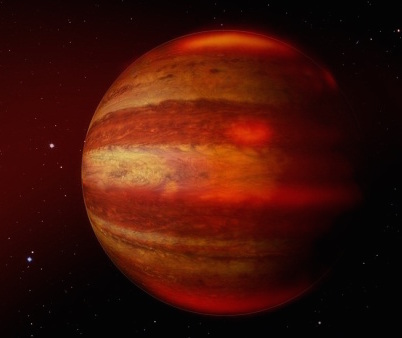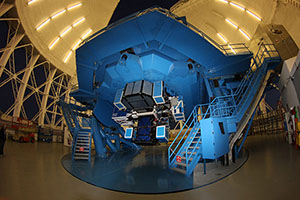Kimberly Ward-Duong
Assistant Professor of Astronomy, Smith College
Welcome!
I am an observational astronomer and an assistant professor in the Astronomy Department at Smith College, part of the Five College Astronomy Department. Prior to Smith, I was a postdoctoral fellow at the Space Telescope Science Institute in Baltimore, and was previously a postdoctoral researcher and instructor at Amherst College. I completed my PhD in Astrophysics in 2017 as an NSF Graduate Research Fellow in the School of Earth and Space Exploration at Arizona State University.
I use a variety of telescope facilities and techniques, particularly adaptive optics imaging and submillimeter interferometry, to study the characteristics and environments of nearby stars, brown dwarfs, and exoplanets. From an evolutionary standpoint, I want to understand the relationships between these objects, and how we can use their observed properties across a variety of ages to better to understand the formation of stars and the planets that orbit them.
Here you'll find information on how to contact me, my research interests and CV, my teaching and outreach experience, and what I do when I'm not gazing skyward.
Scientific Research Overview
Small, dim, cool stars known as M-dwarfs make up the vast majority of the stars in the Milky Way.
My work broadly focuses on these stars, their properties, and smaller substellar objects known as brown dwarfs.
Click below or head directly to the Research page for more information.

Companions to M-dwarfs
Stars and brown dwarfs orbiting M-dwarfs and the properties of these systems provide a signature of the star formation process. High-resolution adaptive optics imaging offers a powerful technique to measure these systems and determine their binary and companion properties.

Young stars and their disks
Studying protoplanetary disks around young stellar and substellar objects reveals important clues to how planetary systems form and evolve, particularly around objects very unlike the Sun. I use submillimeter observations and multi-wavelength spectroscopy to study these systems at their earliest stages.

Atmospheres of brown dwarfs
Substellar objects bridge the gap between stars and exoplanets, and provide ideal laboratories to study atmospheric properties and chemistry at cool temperatures -- their spectra are the eminently characterizable counterparts to the exoplanet population.

Direct imaging of exoplanets
Isolating light from giant planets and brown dwarf companions in orbit around much brighter stars requires frontier instruments and techniques, and enables future steps toward directly imaging lower-mass -- someday Earth-like! -- planets.